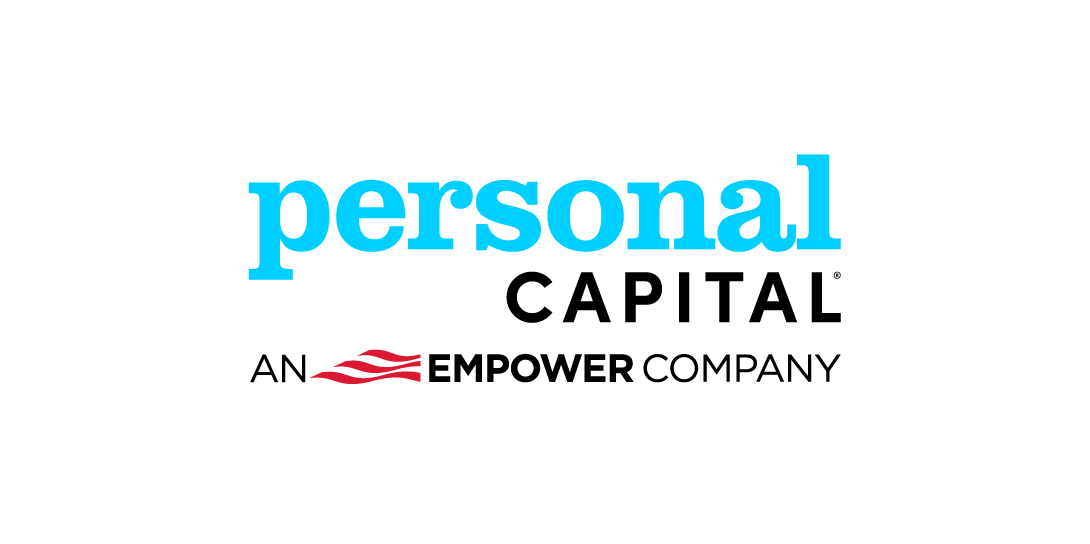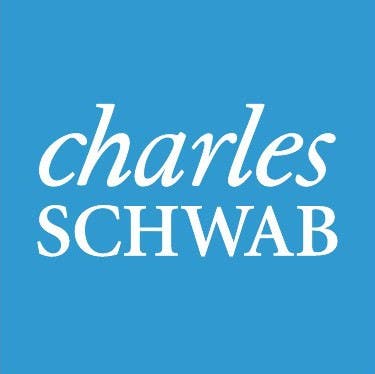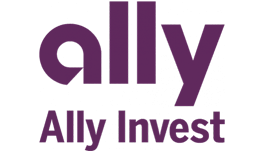Fidelity Go review 2024
The Bankrate promise
At Bankrate we strive to help you make smarter financial decisions. While we adhere to strict , this post may contain references to products from our partners. Here's an explanation for .
Fidelity Go: Best for
Fidelity Go is the robo-advisor offering from Fidelity Investments — and it’s a great choice for new investors looking for a low-cost option. You’ll get the main benefits of a robo-advisor including portfolio management and regular rebalancing, but you won’t pay an advisory fee until your balance reaches $25,000. Investors with balances above $25,000 pay a reasonable fee of 0.35 percent. Another feature that keeps costs low is Fidelity’s use of zero-cost Fidelity mutual funds in its portfolios, so high fund fees won’t lower your ultimate returns. Fidelity has also upped its game with unlimited 30-minute planning calls with an advisor for those whose accounts top that $25,000 threshold.
The absence of tax-loss harvesting is one downside of the Fidelity Go offering. It’s become a key feature at leading robo-advisors, so the lack of availability at Fidelity is disappointing. Municipal bond funds are used to help limit taxes.
Investors interested in tax-loss harvesting should check out Betterment or Wealthfront — both of which have comprehensive offerings. If costs are your biggest concern, consider looking at SoFi Automated Investing.

We want to know what you think about Fidelity Go
Do you have experience with Fidelity Go? Let us know your thoughts.
Fidelity Go: In the details

- Beginning investors
- Cost-conscious investors
- Existing Fidelity customers

- Beginning investors
- Cost-conscious investors
- Existing Fidelity customers
Pros: Where Fidelity Go stands out
Low cost for beginners
Fidelity changed its pricing system in recent years from a three-tiered structure to a simpler two-tier version.
Here’s how it works:
- Accounts with balances below $25,000 will pay no advisory fees.
- Accounts with $25,000 and more will pay an advisory fee of 0.35 percent.
The change increases the account value where users will pay no fees at all, while users with account balances between $25,000 and $50,000 will pay higher fees than they did under the previous pricing system.
There’s no question that Fidelity’s offering is a good deal for investors who are starting out with small balances. Getting your first $25,000 managed for free is not common in the industry and makes Fidelity Go a solid choice for beginner investors.
It’s also important to point out that Fidelity’s advisory fee includes the cost of the funds. So unlike at most other robo-advisors (Empower is a notable exception), you won’t pay an additional fee for the funds you invest in, regardless of your pricing tier.
So while Fidelity’s headline rate of 0.35 percent looks higher than those offered by Wealthfront and Betterment, for example, on an “all-in” cost including funds, they’re all highly competitive.
Bankrate staff insights
“Fidelity Go offers a strong option for anyone looking to have their money managed,” says one Bankrate staffer who uses the account. “One of the best parts is being able to access your money at one place, so the Go account sits alongside my regular brokerage account, my IRA, my employer’s 401(k) and even my HSA. I can have all my accounts under one roof. The fees for Fidelity Go are reasonable and I’m able to access an advisor in a one-on-one session with more detailed questions when they inevitably arise.”
Low-cost mutual funds
Fidelity Go uses mutual funds instead of ETFs, unlike most robo-advisors. That difference is somewhat academic since Fidelity’s mutual funds offer low costs, one of the major appeals of ETFs. All the funds used in the program are Fidelity Flex funds and charge no expense ratio. That is, they don’t charge ongoing fees for holding them, unlike most ETFs and mutual funds.
That’s a little advantage if you’re going with Fidelity, especially if you’re just starting out. At other robo-advisors, your funds might typically cost you about 0.1 percent annually, or about $10 for every $10,000 you have invested. So that’s additional savings that get rolled into your funds.
Integrated with Fidelity
One positive of the Fidelity Go account is that it appears alongside your other Fidelity accounts, so you can quickly access all of it from your Fidelity dashboard. It will pull up your positions, projected value, your model portfolio and other relevant information. You can move quickly from one Fidelity account to another, and transfer money from a cash account to your brokerage accounts, Go account or others.
This integration with Fidelity also means you’ll get access to its educational resources, including its retirement and planning tools, which are extensive.
Robust cash management account
Fidelity offers a high-performing cash management account, though you’ll have to open it separately from the robo-advisor account. (And once your info is in the Fidelity system, account opening is a breeze anyway.) The cash management account charges no account fees and you’ll have FDIC coverage up to $5 million via Fidelity’s partner banks. You’ll also get mobile payments, bill pay, debit card, check-writing and ATM fee reimbursements anywhere in the U.S.
While the account pays an interest rate of more than 2.7 percent annual percentage yield (APY) as of June 2024, you can also invest in brokered CDs with Fidelity to increase your yield.
Customer support
Fidelity has an excellent reputation for customer service, and Fidelity Go is an extension of that same ethos. Like its other accounts, Fidelity won’t nickel-and-dime you for every little thing, and it charges no extra fees for the standard account services (no transfer-out fee, for example).
You’ll also have access to Fidelity’s customer service staff 24 hours a day seven days a week by phone. Or you can reach out via live chat weekdays between 8 a.m. and 10 p.m. ET and weekends from 9 a.m. to 4 p.m. Email is also an option, as well as a 24/7 virtual assistant.
Cons: Where Fidelity Go could improve
Tax-loss harvesting
Fidelity Go doesn’t offer tax-loss harvesting on its accounts, and that’s a liability compared to other well-regarded robo-advisors that have made it a standard feature. Tax-loss harvesting involves selling a losing investment to score a tax break, a process that can save you money and improve your returns over time.
However, Fidelity does provide municipal bond funds in its taxable accounts in place of its regular bond allocations. That helps minimize the tax bite from these income investments. Still, it’s not the same as tax-loss harvesting and its potential benefits.
Comprehensive goal-based investing
Unlike other robo-advisors that may offer goal-based investing with multiple potential goals, you have to pick one option with Fidelity Go. You can opt for a retirement goal or some other goal (which is assumed to be in a taxable account). However, you won’t have the comprehensive financial plan and multiple goals that are key features of robo-advisors such as Wealthfront.
So Fidelity Go is fine for generalized investing, but it lacks this complete planning element that really rounds out the service and turns rivals into comprehensive financial planners.
No human advisors for small investors
If you’re going with a robo-advisor portfolio, you probably don’t have a lot of expectations about receiving frequent human help with your account. Robo-advisors are designed to manage the portfolio with no (or minimal) human intervention – that’s the point. But there still might be times when it can be helpful to speak with someone who can answer questions about your financial situation and guide you through the planning process.
Fidelity Go offers only clients with at least $25,000 in their account the opportunity to speak with human advisors. These customers can schedule an unlimited number of 30-minute one-on-one meetings with advisors that can help them plan for their financial futures. It’s a great feature, but is reserved for fee-paying accounts. Still, Fidelity Go is one of the few robo-advisors that offer a human advisor option.
Conflicts of interest
Let’s not harp on this too much, because Fidelity’s funds charge no expense ratio, making them free for investors. But it’s worth pointing out (as Bankrate has done in other reviews) that Fidelity has a conflict of interest in recommending its own funds. It’s also worth considering whether Fidelity’s management fee would be lower if it otherwise were charging fees for its funds.
Consumer Experience
The consumer reviews posted on Bankrate.com ("Bankrate") are individual, subjective opinions of reviewers, and not of Bankrate. Bankrate does not endorse any of the opinions expressed by reviewers or any responses to reviews. Bankrate cannot guarantee or verify the accuracy of the opinions shared by individual reviewers. Some reviews may be edited for length and clarity.
Our writer's take
Fidelity Go is a great robo-advisor choice for beginners because you won’t pay a fee until your account reaches $25,000, which means you’ll get a professionally managed portfolio for free until that level.
Investors may be able to achieve similar investment results with lower costs by managing their portfolios on their own. But for investors who lack the desire or skills to manage their own portfolios, robo-advisors offer a low-cost alternative.
Review methodology
Thank you for sharing your experience with Bankrate





















